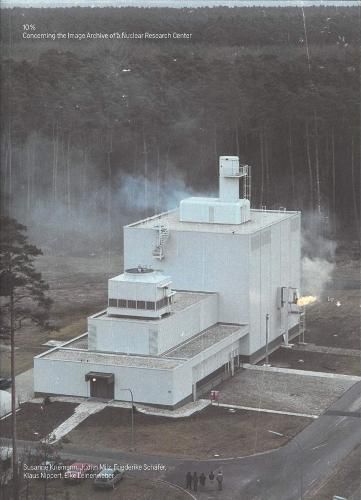Readings Newsletter
Become a Readings Member to make your shopping experience even easier.
Sign in or sign up for free!
You’re not far away from qualifying for FREE standard shipping within Australia
You’ve qualified for FREE standard shipping within Australia
The cart is loading…






On the semiotics of a nuclear archive
Unknown lady in the radiation department ; dancing couple in costume ; damage to a waste drum ; retiree send-off ; lead shielding ; burnt-out glovebox ; scorpion with microchip ; these are just some of the singular captions accompanying the archival photographs from Germany’s first major nuclear research facility. In 1956, professional photographers began making an on-site record of procedures at the Nuclear Research Center Karlsruhe (KfK). In 2017, the decision was made to digitize 10% of this visual archive.
Using current concerns about the whereabouts of contaminated nuclear waste as a springboard, this publication brings together over 30 viewpoints from the realms of art, sociology, politics and science, as well as the accounts of people directly involved with the facility. 10% provides a unique visualization of nuclear research.
$9.00 standard shipping within Australia
FREE standard shipping within Australia for orders over $100.00
Express & International shipping calculated at checkout
On the semiotics of a nuclear archive
Unknown lady in the radiation department ; dancing couple in costume ; damage to a waste drum ; retiree send-off ; lead shielding ; burnt-out glovebox ; scorpion with microchip ; these are just some of the singular captions accompanying the archival photographs from Germany’s first major nuclear research facility. In 1956, professional photographers began making an on-site record of procedures at the Nuclear Research Center Karlsruhe (KfK). In 2017, the decision was made to digitize 10% of this visual archive.
Using current concerns about the whereabouts of contaminated nuclear waste as a springboard, this publication brings together over 30 viewpoints from the realms of art, sociology, politics and science, as well as the accounts of people directly involved with the facility. 10% provides a unique visualization of nuclear research.